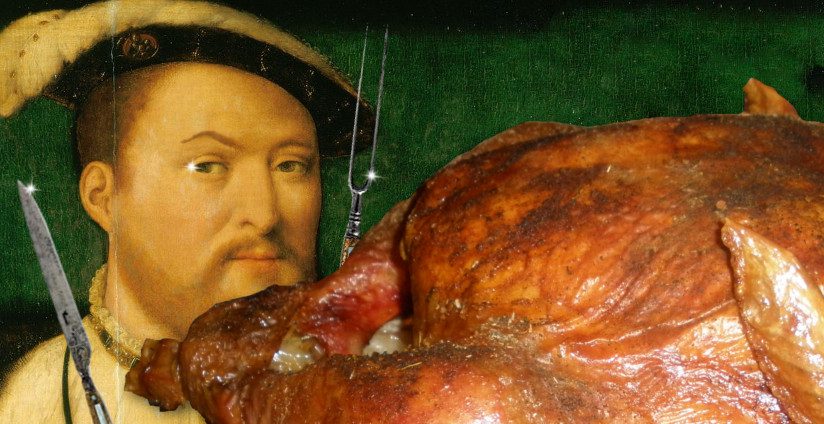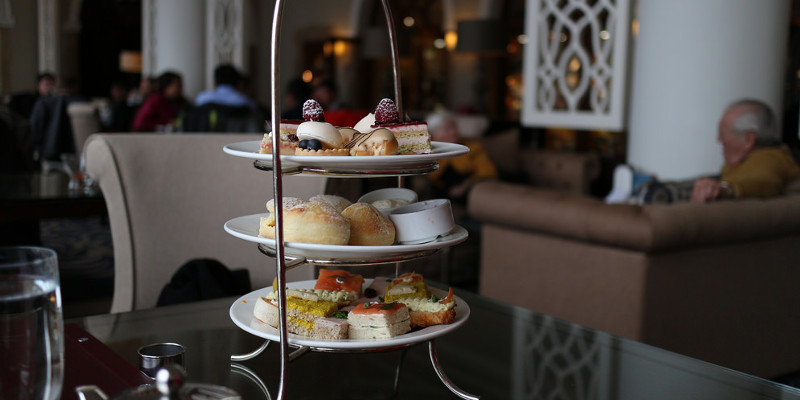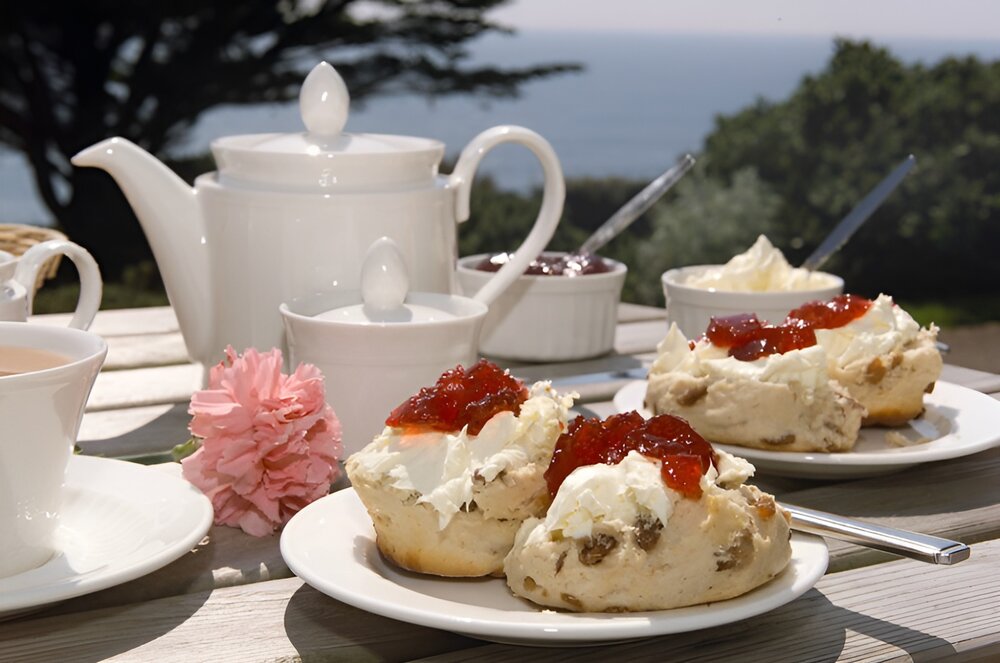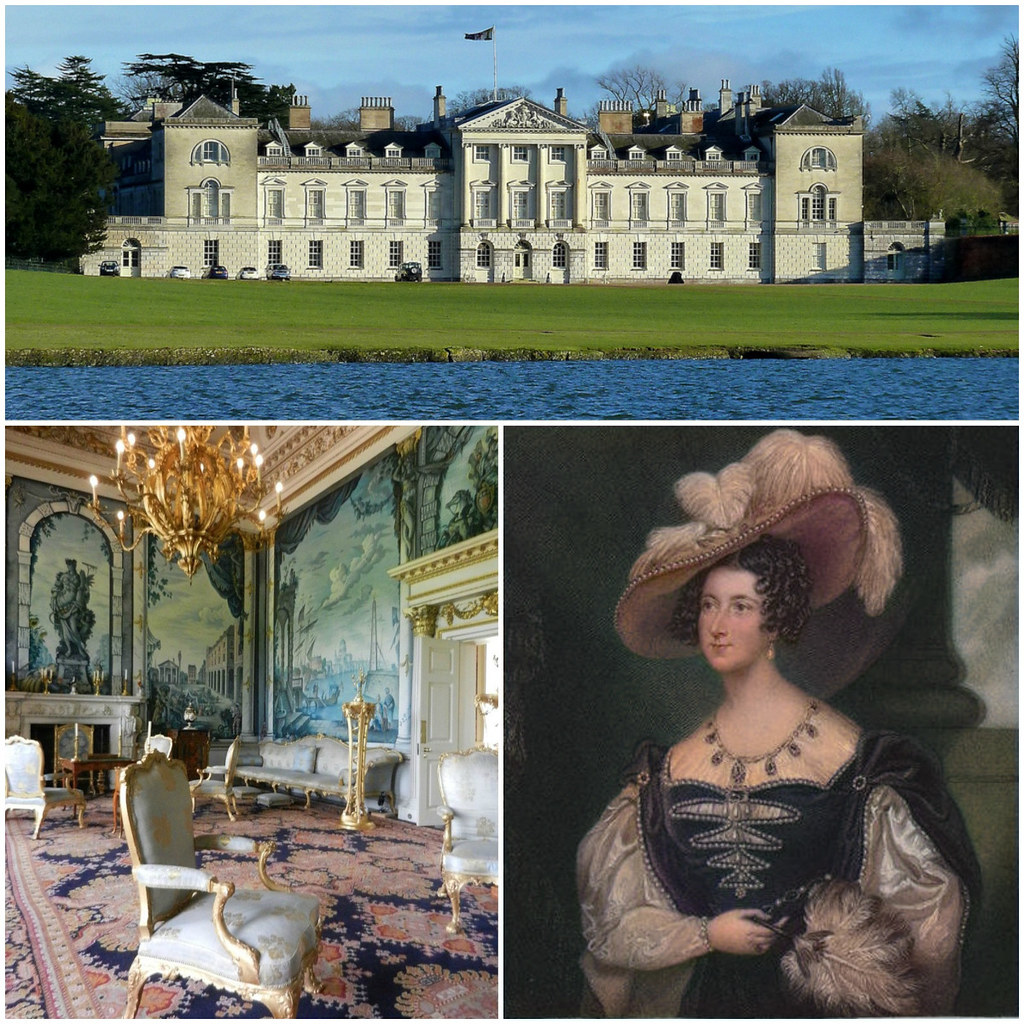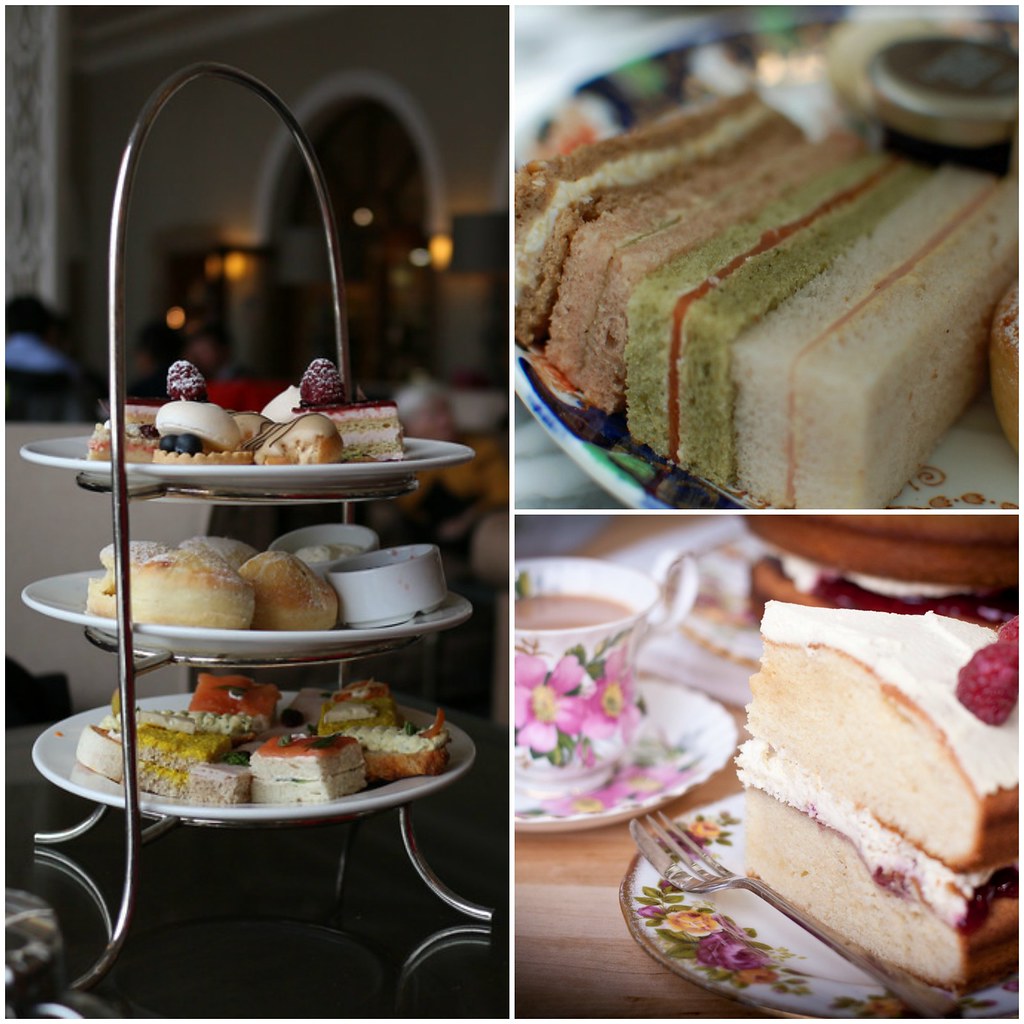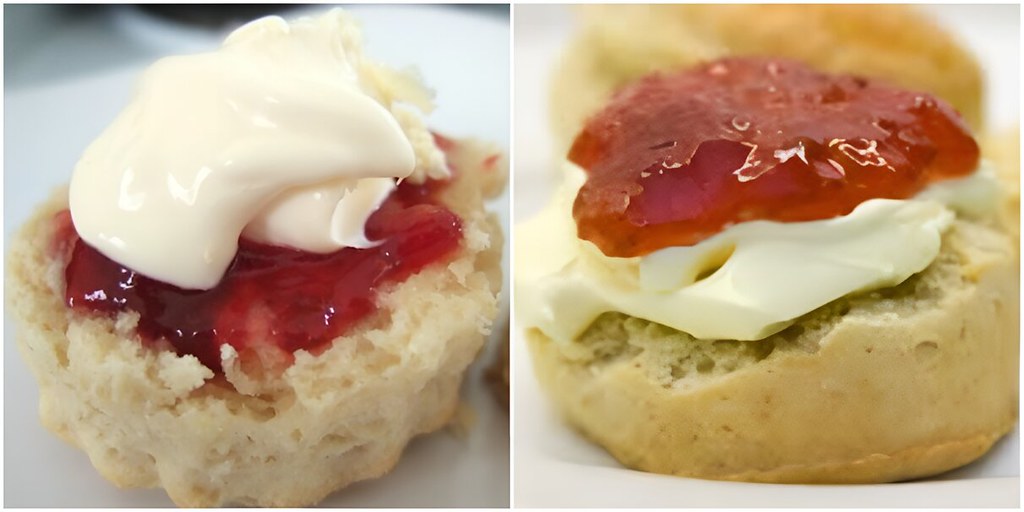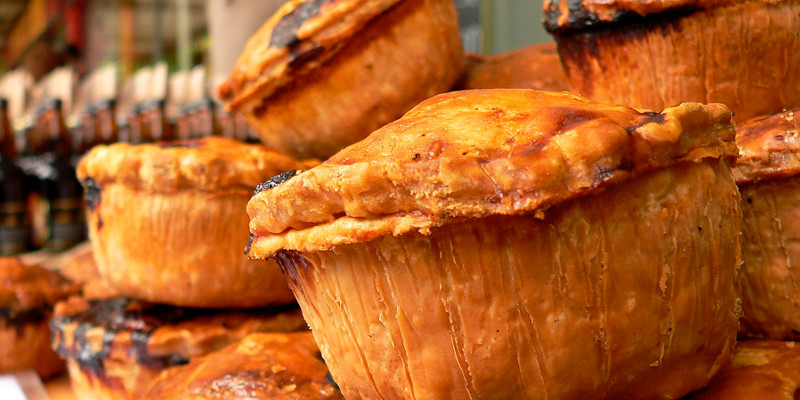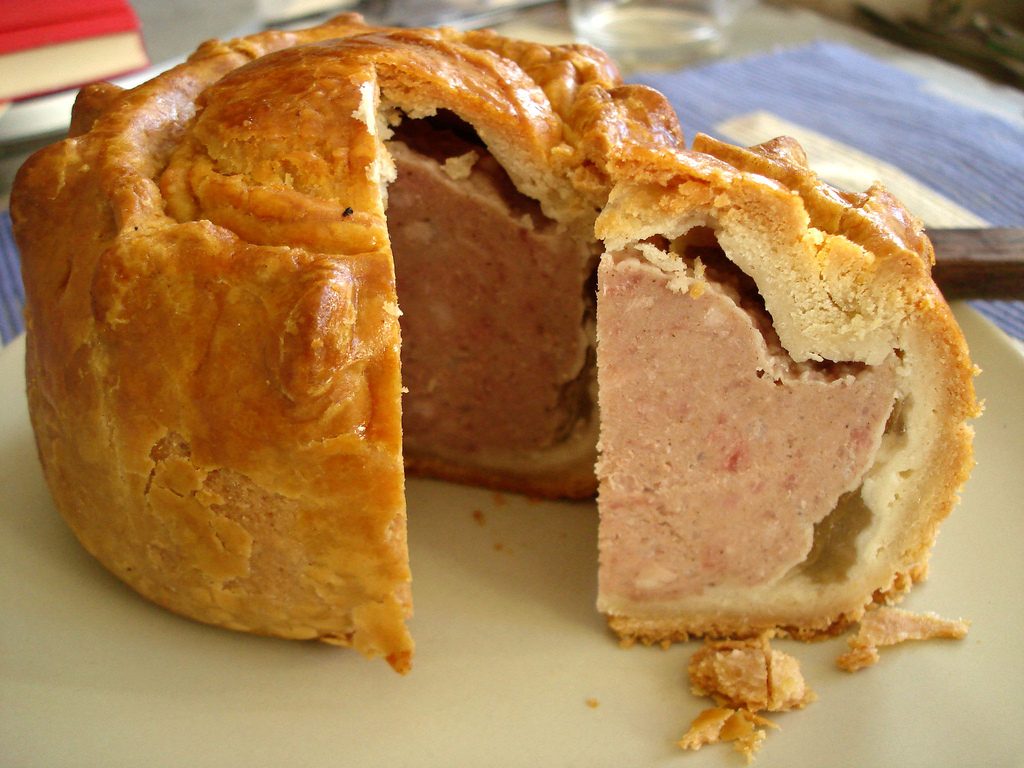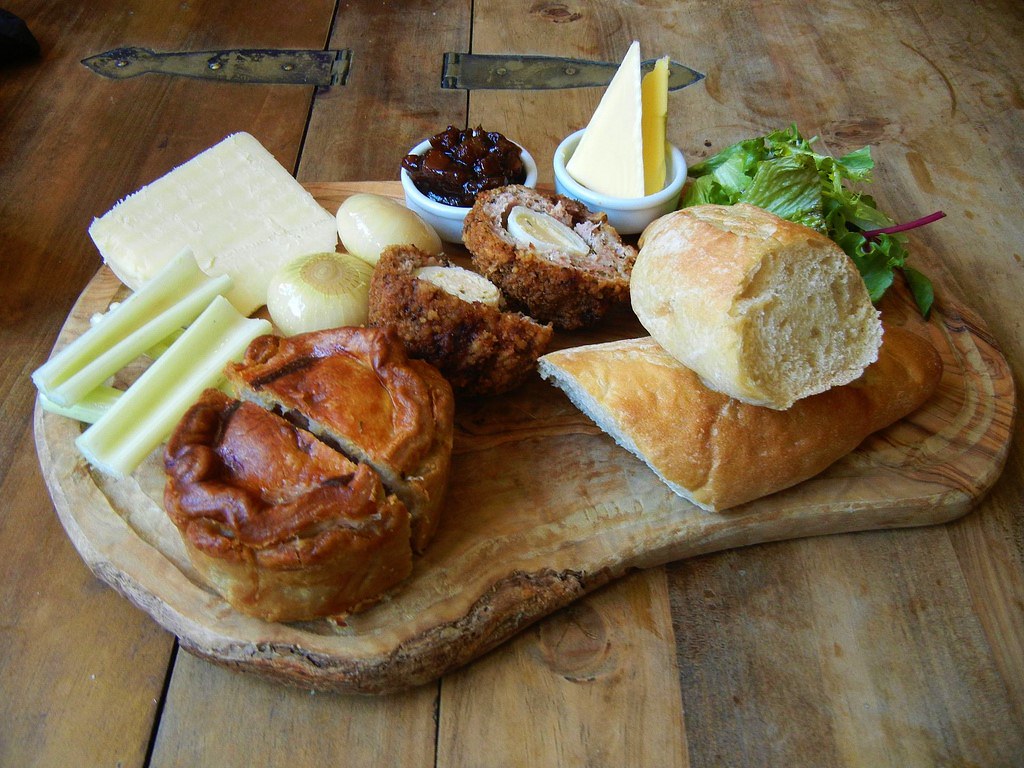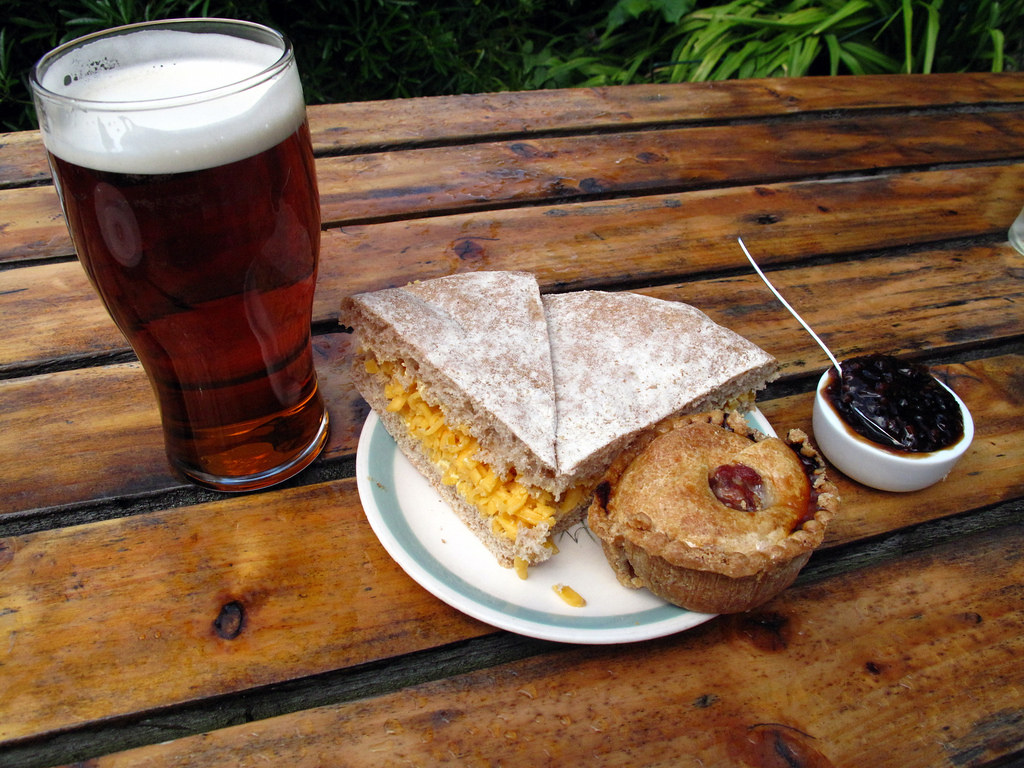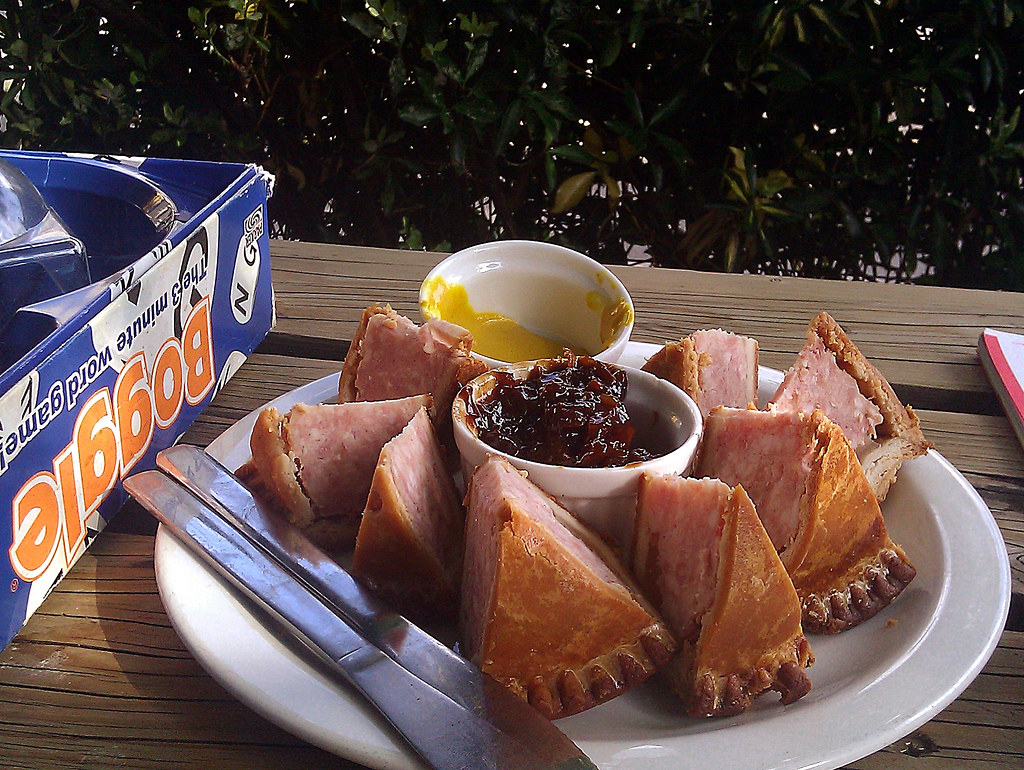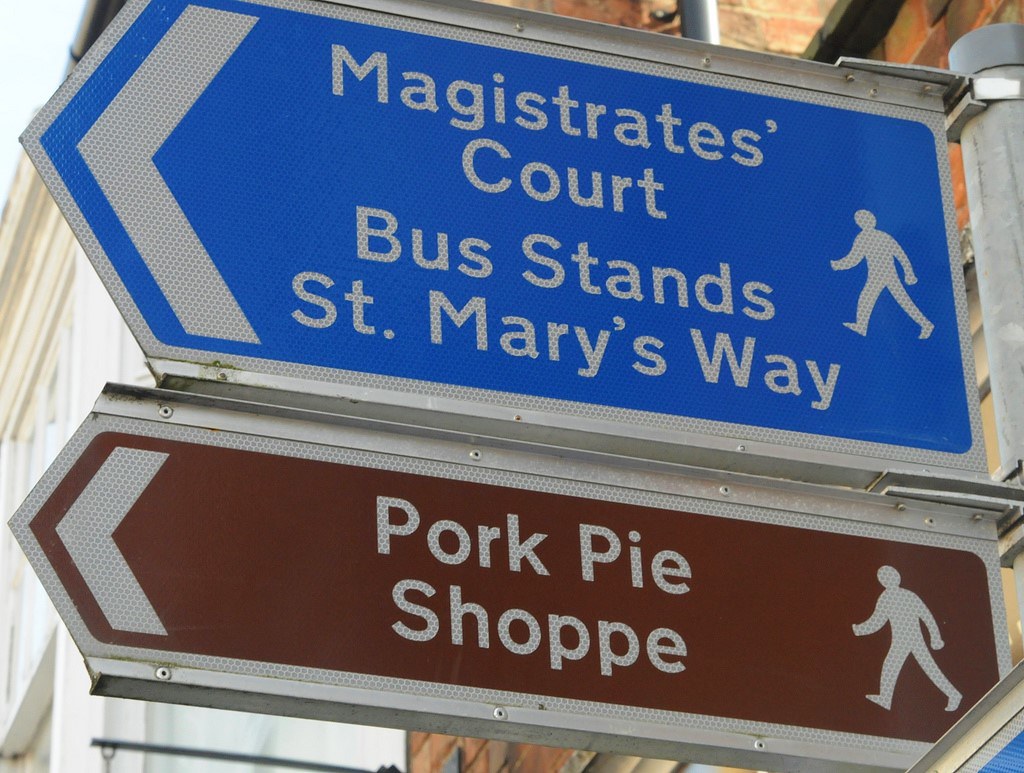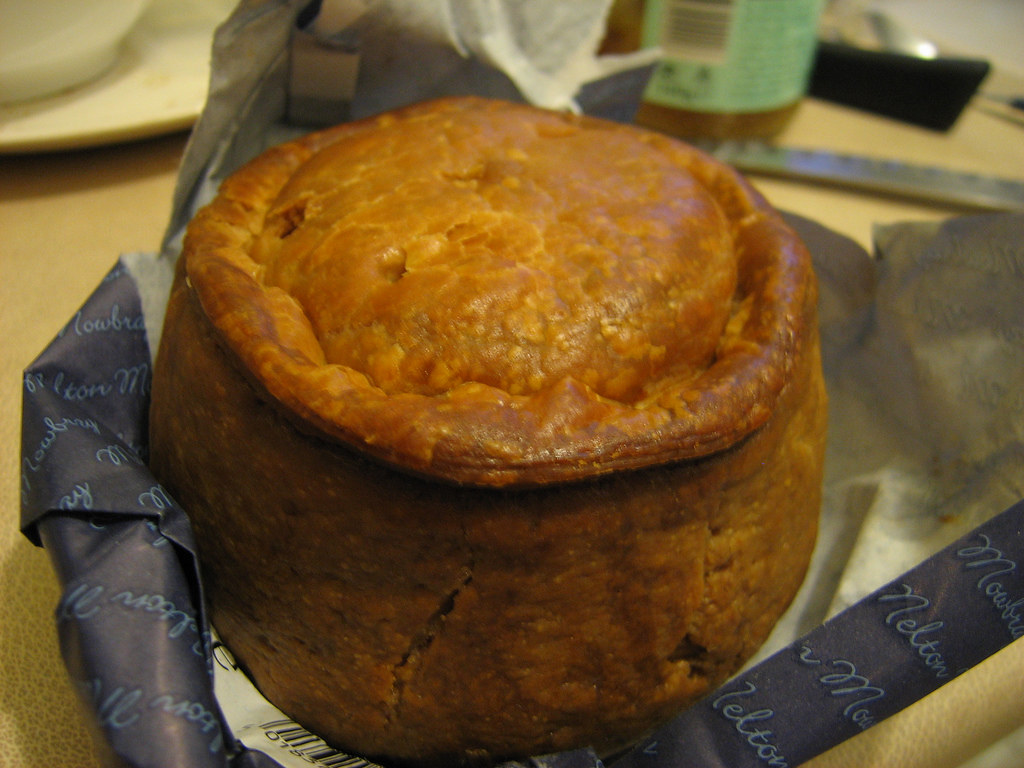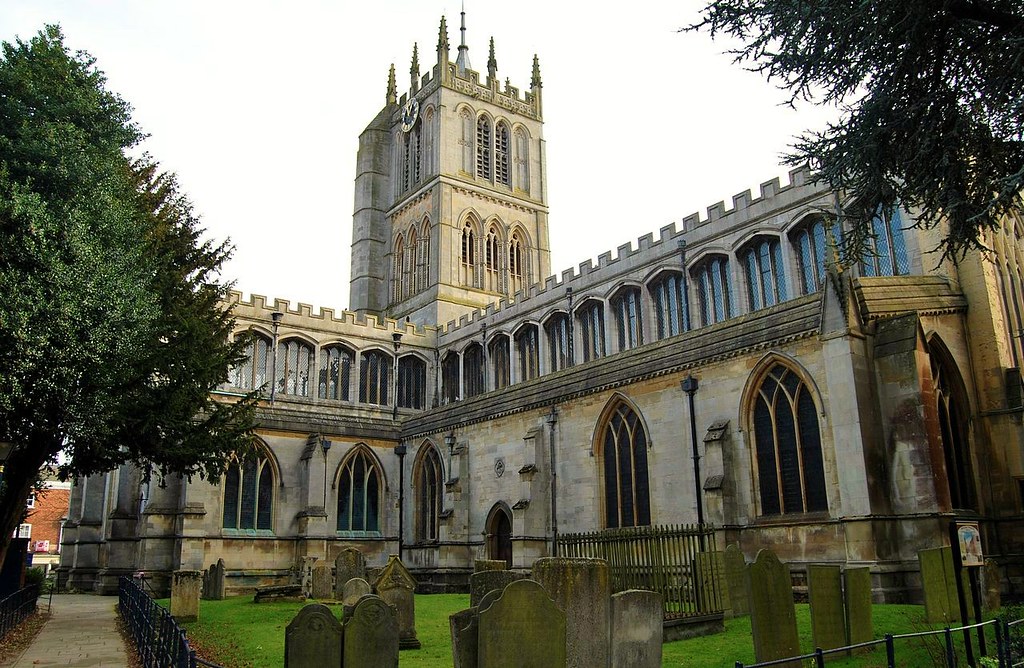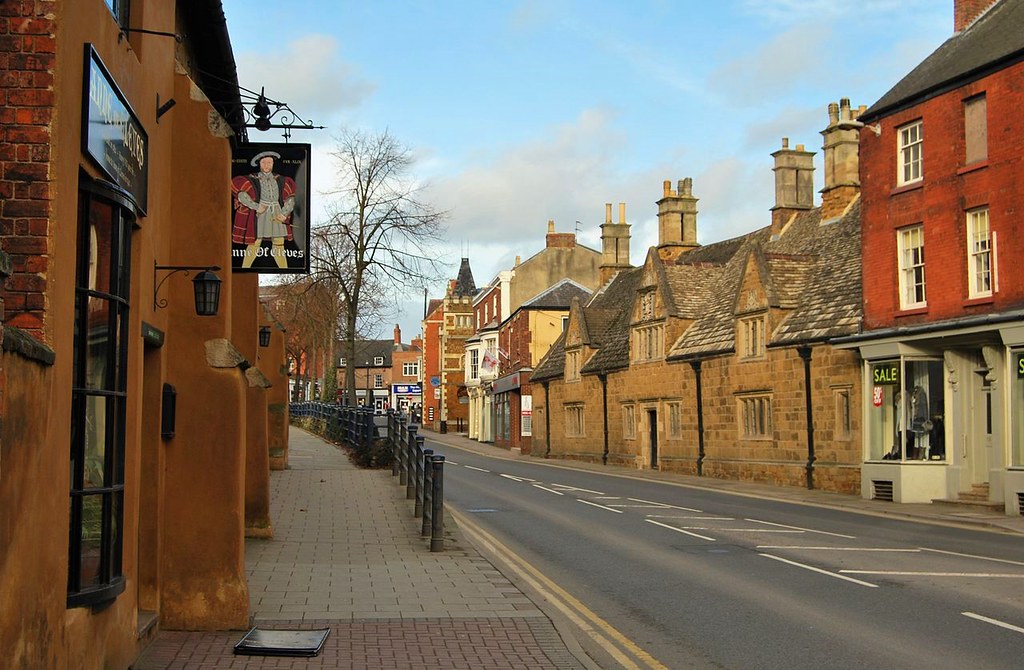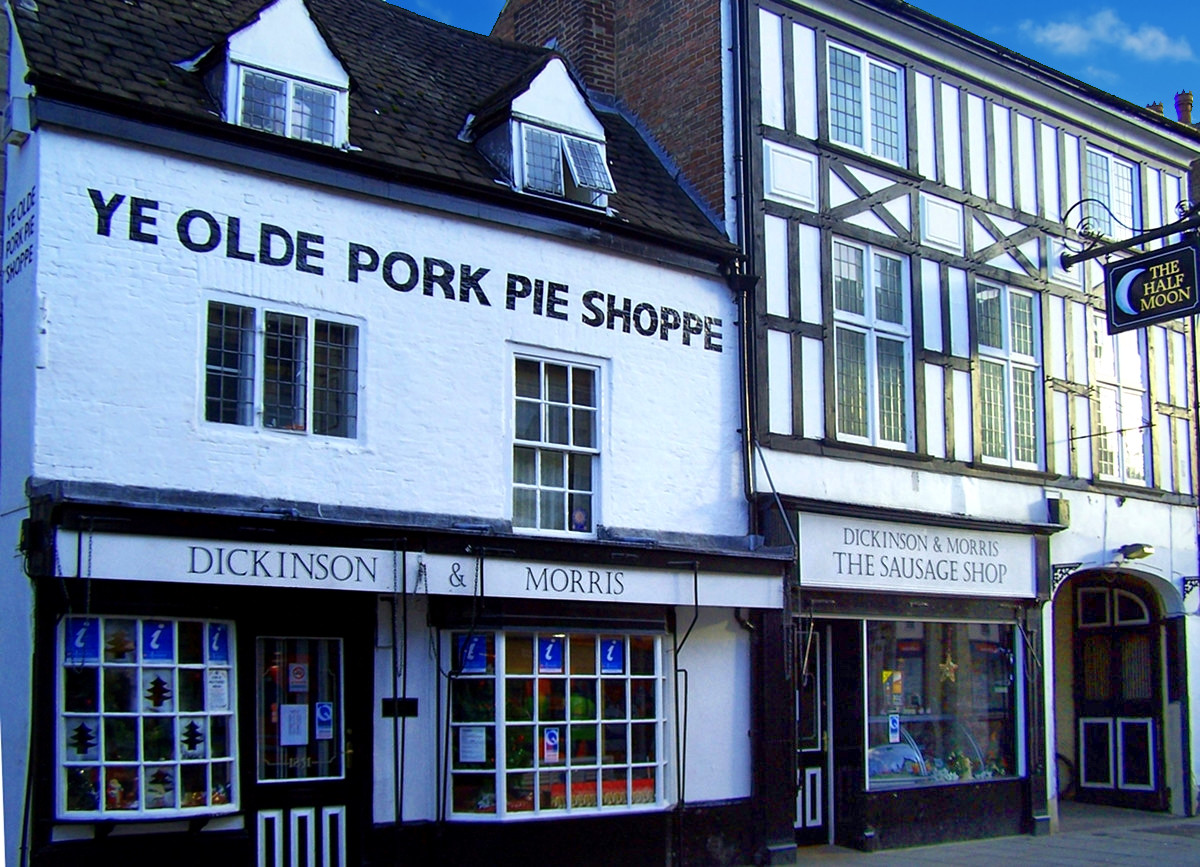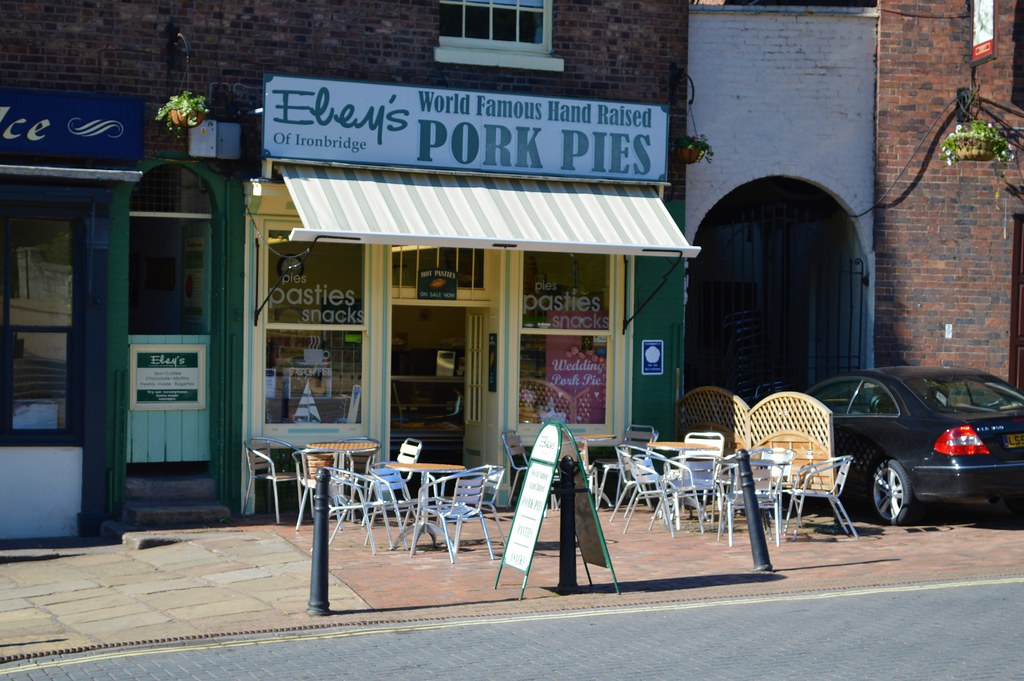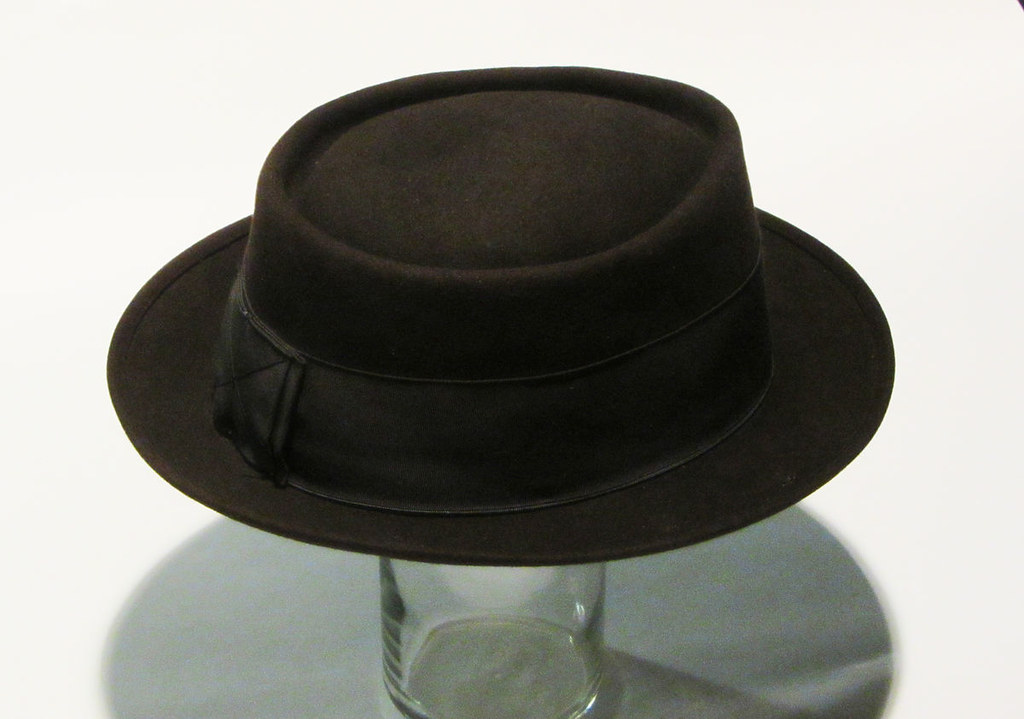If we were to run a poll on what Britons would be eating for Christmas Dinner this year, there’s a good chance turkey would be at the top of the list.
But did you know that it took centuries for turkey to become the main course?
Legend has it that King Henry VIII was the first English monarch to enjoy turkey on Christmas Day.
So keep your head about you and do as kings do—tuck into the turkey!

In medieval England, the wealthy dined on goose, woodcock, venison, and with the king’s permission, swan.
If the poor folk were lucky, they might get some of the “pluck” from the venison—the heart, liver, tongue and brain.
Known as ‘umbles, it would be mixed with vegetables and spices and made into a pie.
Ever heard the expression “to eat humble pie”? This is where it comes from.
For dessert, the medieval folk would have enjoyed a pudding made from spiced oatmeal, currants, dried fruit, and egg yolk.
It was the forerunner to our perennial favourite, the Christmas Pudding.

By the time Queen Elizabeth I came along, people were feasting on sweetmeats, including collops (slices) of bacon, coated with ground almonds and sugar.
Sounding more like something you’d choke on was a beverage called “lambswool”.
It was made from hot cider or ale, nutmeg, ginger, and mashed baked apple.
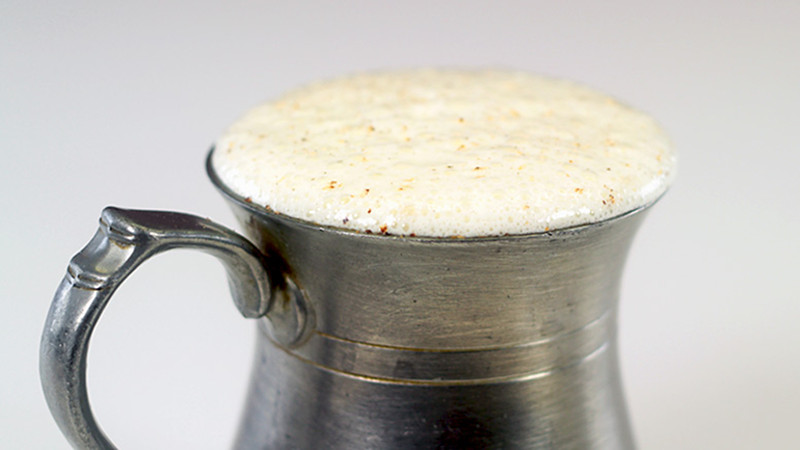
When the baked apple mash was whisked or poured vigorously between two large vessels, it created a froth resembling lambswool.
“Next crown the bowl full
‘Oxford Night Caps’, by Richard Cook, Published 1835.
With gentle Lambs wool,
Add sugar, nutmeg, and ginger,
With store of ale too,
And thus ye must do
To make the Wassail a swinger”
For Georgians of the 18th and early 19th centuries, Twelfth Night on January 5 was a highlight of the Christmas festivities.
It was celebrated with Twelfth Cake, a precursor to our modern Christmas Cake, which traditionally included a dried bean and a dried pea.

As part of the fun and games on Twelfth Night, the man who had the slice with the bean was made King for the evening, and the woman whose slice contained the pea was crowned Queen.
During the earlier years of Queen Victoria’s reign, most families couldn’t afford turkey at Christmas so made do with beef (in the north) and goose (in the south).
Poorer folks caught their own rabbits.

In Charles Dickens’ story A Christmas Carol, it would have been very unusual indeed for someone in Bob Cratchit’s position to receive such a large turkey on Christmas Day.
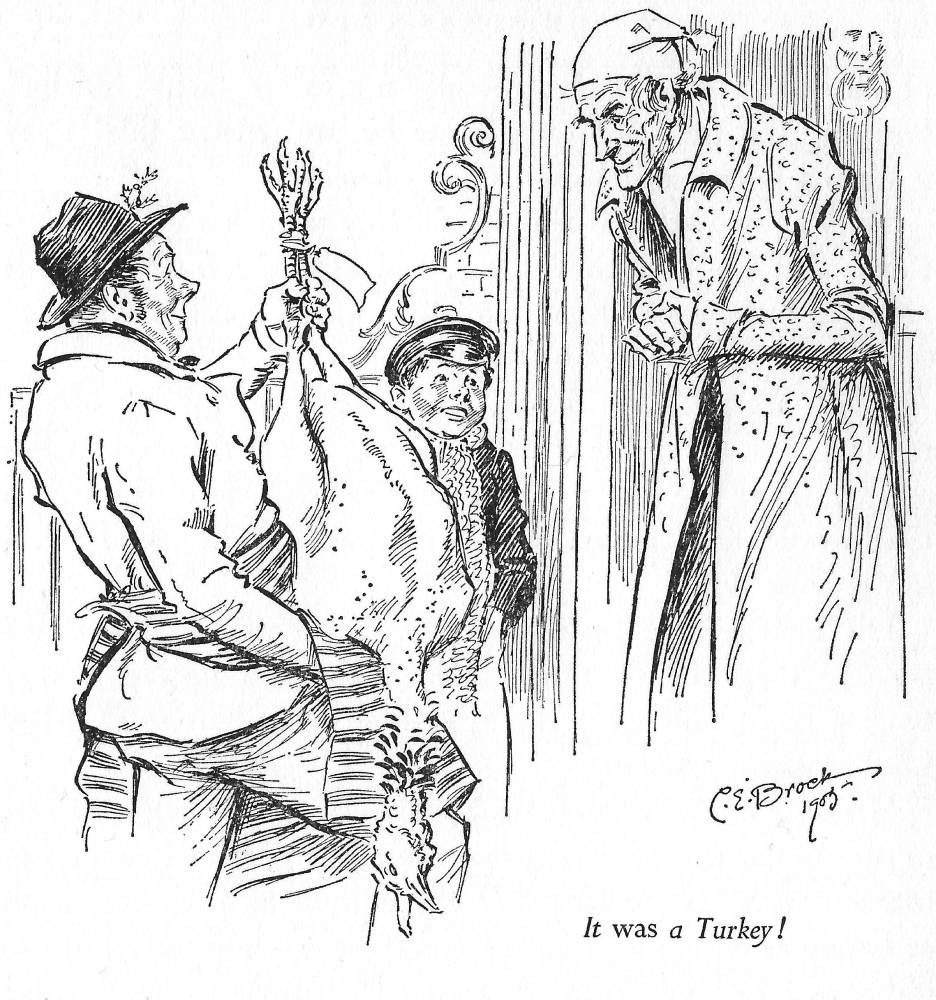
Our seasonal favorite mince pies were originally made from meat, but tastes changed in the latter half of the 19th century to the spiced fruit filling that we prefer today—even though we still call it “mincemeat”.
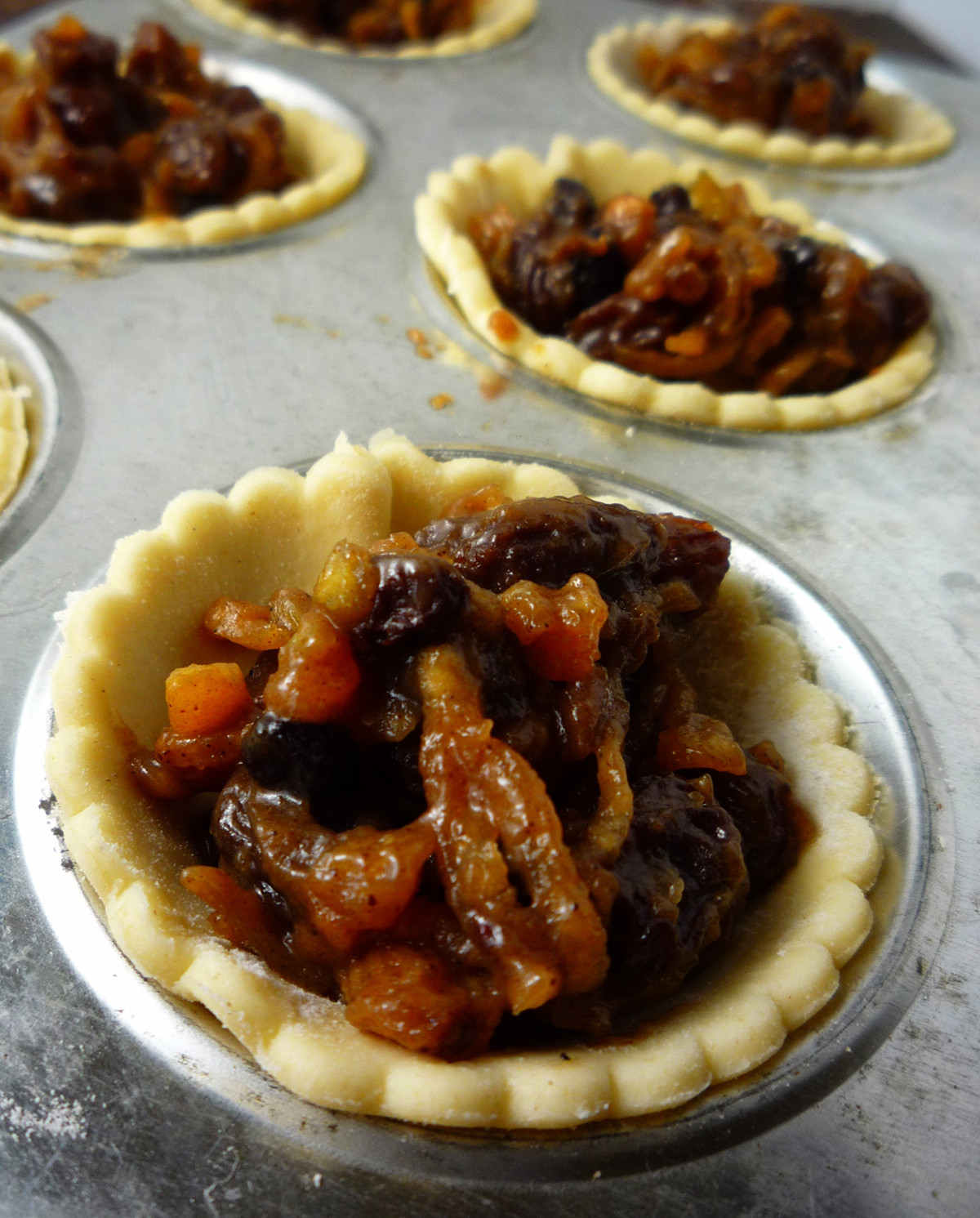
By the turn of the 20th century, most people were feasting on turkey for Christmas dinner.
And it has remained the most popular Christmas main course ever since.
Choose your favourite trimmings below.

Do you like all the trimmings with your Christmas dinner?
Here are 10 of the most popular.
Pick your favorites.
Wikipedia
Whittaker, Andrew (2009) Britain: be fluent in British life and culture Thorogood Publishing, 2009
Christmas dinner through the ages: Festive food from the Medieval period onwards

